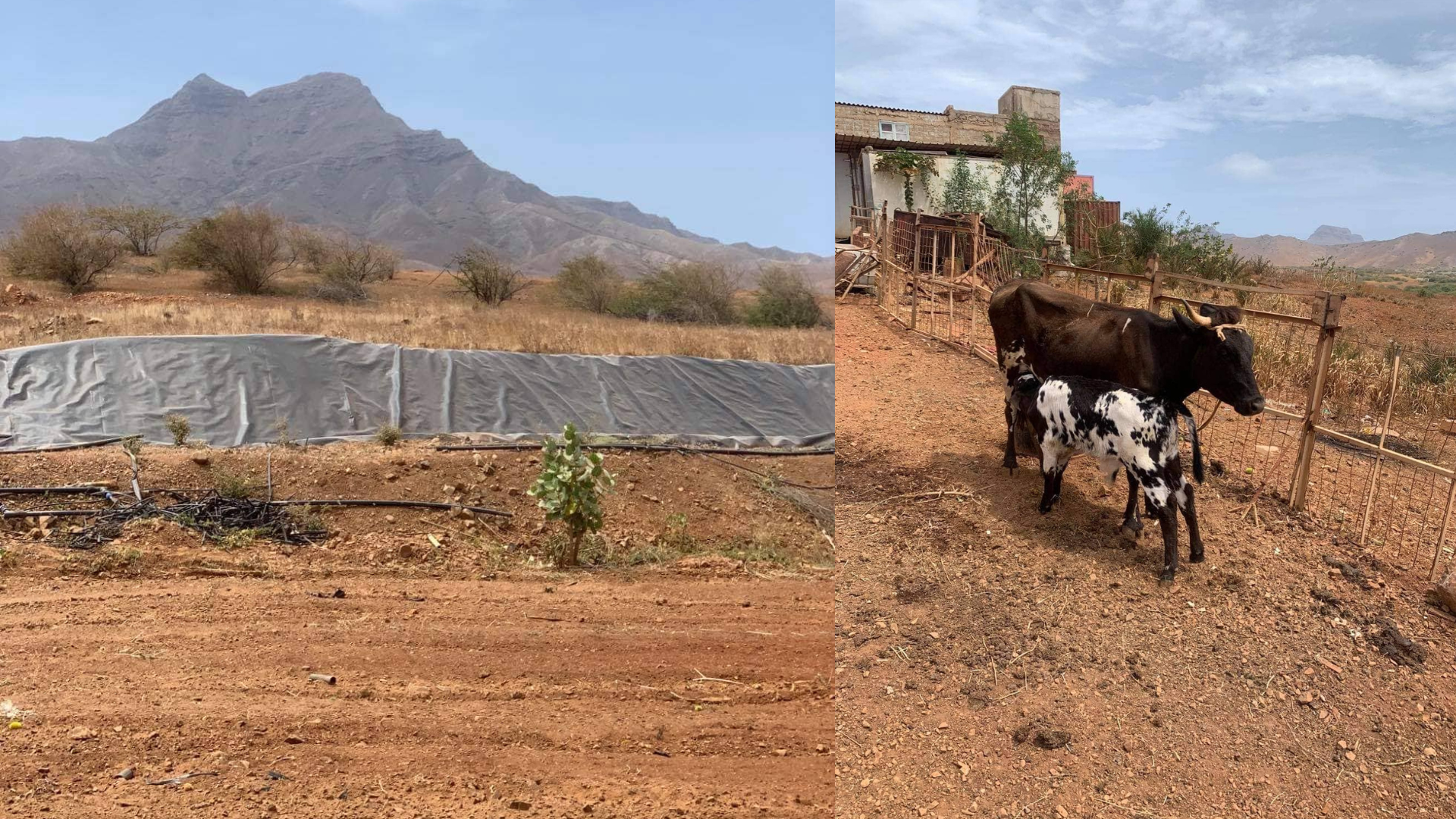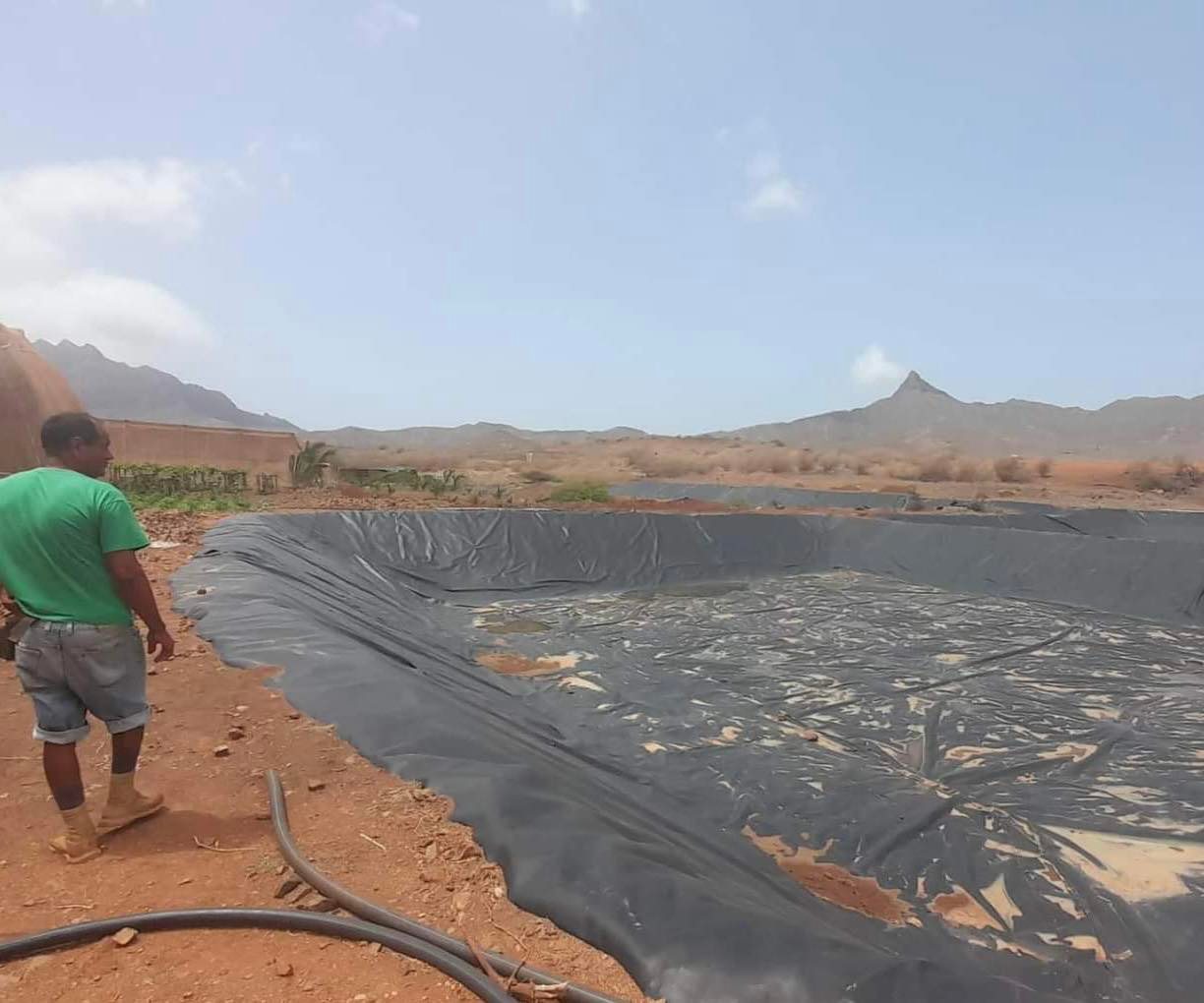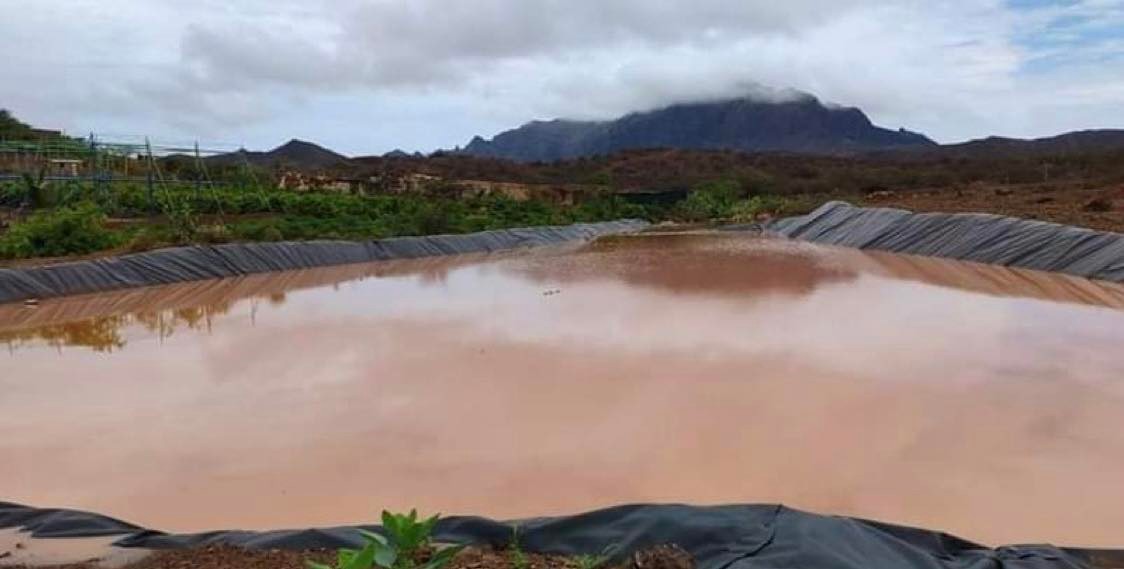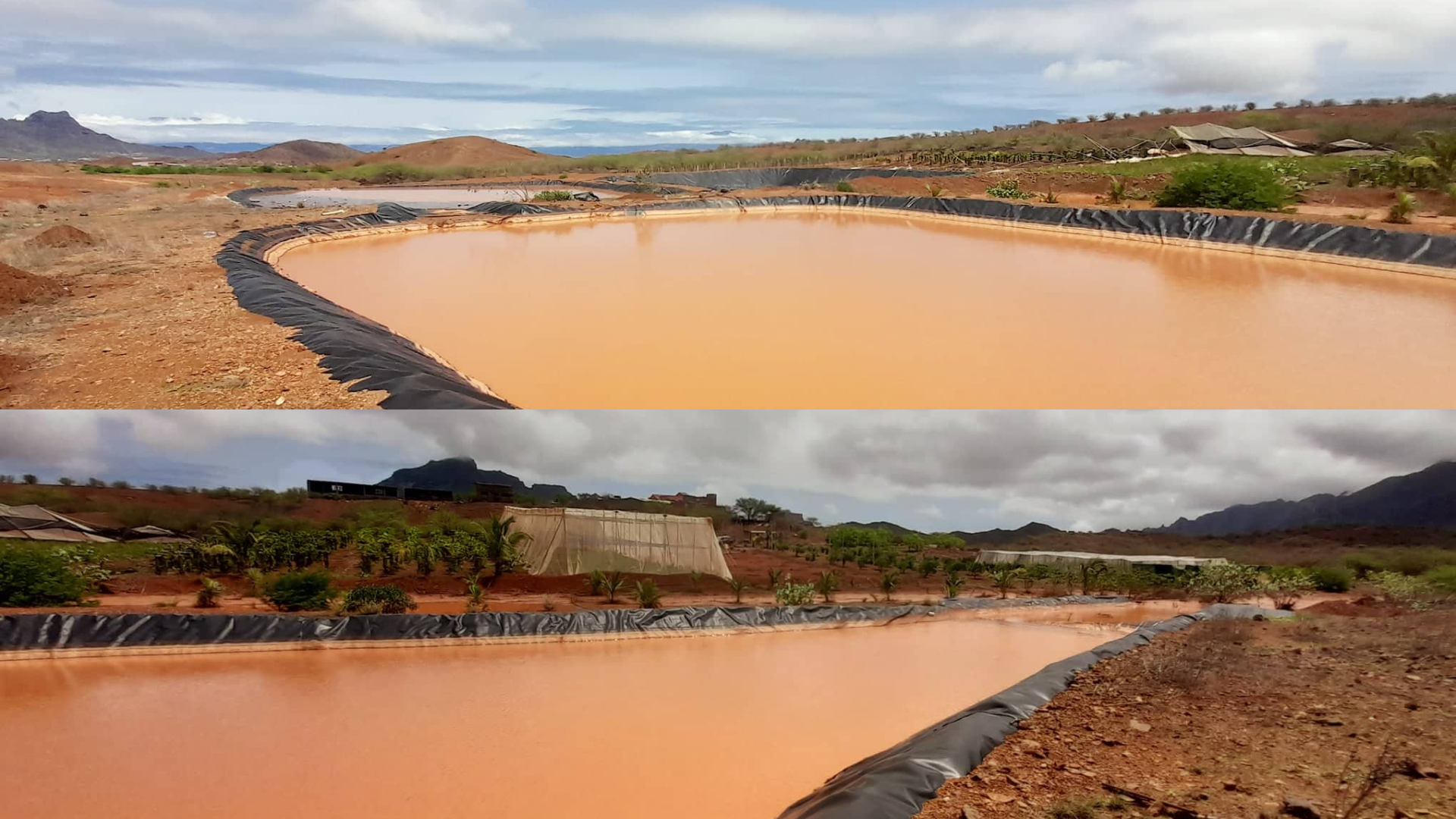Faces of Climate Change
The Water Planter
October 17, 2022
This blog is the second in a series of blog and other communication materials that the UNDP Cabo Verde Accelerator Lab will produce on climate change and its impact on people's lives, especially people from the most vulnerable communities.
Written by: Samory Araújo, Head of Solutions Mapping, UNDP Cabo Verde Accelerator Lab

Cape Verde suffers worst drought since 1977
Cape Verde is being affected by an extreme drought caused by the lack of rain. The Poilão dam, the largest in the country, has completely dried up. FAO includes Cape Verde in the list of countries in need of food aid. This is one of the worst droughts to affect Cape Verde in the last 40 years. In an interview with Radio Cape Verde, Minister of Agriculture and Environment said that the current situation "is only comparable to the drought of 1977 and the drought of 1947, in which the situation was very complicated". Farmers speak in an extremely difficult situation: dry fields and animals that faint due to lack of pasture are reports that multiply: "There are visible signs of malnutrition, it could say of hunger, in animals, there is a lack of water, there is a lack of food and pasture. Producers, farmers, and livestock farmers may need urgent solutions before there is a national catastrophe. The problem is no longer just to support with feed, these cattle are thin and unable, these cattle no longer produce milk or meat it is necessary to save it from dying".

São Vicente: Farmer invests in artificial lake to store rainwater
Given the aridity of the climate, soils, and the landscape itself, and the difficulty of droughts the Cape Verdean farmer does not lose hope and always seeks solutions to fill the lack of rain. As is the case everywhere, sowing is determined by factors and may start in Cape Verde on fins in June, mid-July, other times, in August, in the so-called "Water Station". This is too short, consisting of only three months, and can be considered the most important period for agriculture. However, it should be noted that rare are the times when rain falls during the three consecutive months, and if it rains, it is concentrated in only a few days of any of the months of this season. And with the aim of storing the water of the rain period, the visionary Amílcar Lopes had the idea of creating artificial lakes.
When Amilcar Lopes decided years ago to invest in two artificial lakes on his Ribeira de Julião property, he made him "safe" that "sooner or later" the rain would come to fill them: "I never gave up, always with the idea that rainwater would fill the reservoirs, it was a personal effort, but to show that we can make and store rainwater," he said, an idea that emerged, he said, from the study he made in the cheapest and simplest way to store rainwater.

The water solution
When the Accelerator Lab went to S. Vicente islands in March 2021 under the Solutions Mapping visit the 4,000 tons stored in September 2020 had already been used for irrigation, with a good production of vegetables and fruits, among others; and the artificial lake widely disseminated at the national level, with a large publicity in the media. That amount of water managed to supply through the system drop by drop almost 5 hectares of cultivated land. A year later after the success of the two lakes Amilcar said to have everything prepared to receive the rains and expects it to rain enough to fill the 3 lakes and ensure a year of lots of water. "If it rains and we can store the 12,000 tons we will be able to extract from the earth, for example, about 20 tons of onion, and 10 tons of potatoes," he said. Lopes continues to insist that this idea "is very good for our country" and that if replicated in other parts of the island and in other parts of the country "we would be solving a number of social problems, namely unemployment". With this technique, the entrepreneur believes that the problem of lack of water for agriculture in various agricultural areas of the country would be solved. The same is according to this technique is better than drilling holes in the streams in search of water. "Every year I have faith that there will be good rain. If it were the other way around, I wouldn't risk making this investment," he concluded.

Third lake
With the heavy rain for the first time in four years, the farmer Amílcar Lopes managed to guarantee 9,000 tons of rainwater, more than double last year, in only a few hours. With its three artificial lakes in Ribeira de Julião, São Vicente, this farmer says he managed to guarantee a year of watering with only the water stored for his plantations.
"Two of the tanks were completely full. One of them even overflowed, but the idea was to prevent losses. Unfortunately, this happened because there was a bad connection that made the third not completely full", explained this farmer who believes that if there was no loss of water could reach the target of 12 thousand tons set for this year, having guaranteed at this time only 9 thousand tons.
This farmer is "hopeful" that there will still be more rain and thus manage to have the three artificial lakes filled. The same ensures that soon there will be an increase in production, but there is a problem: "Production will increase by more than 100%, but the big problem is labor. There are not many people available for the practice of agriculture. People were already discouraged by agriculture because of the years of drought," he lamented.

This solution enables a productive basis and combats several obstacles to economic and social development and contributes to the reduction of poverty, since it is directly linked to the increase in agricultural products on the market and their access.

 Locations
Locations